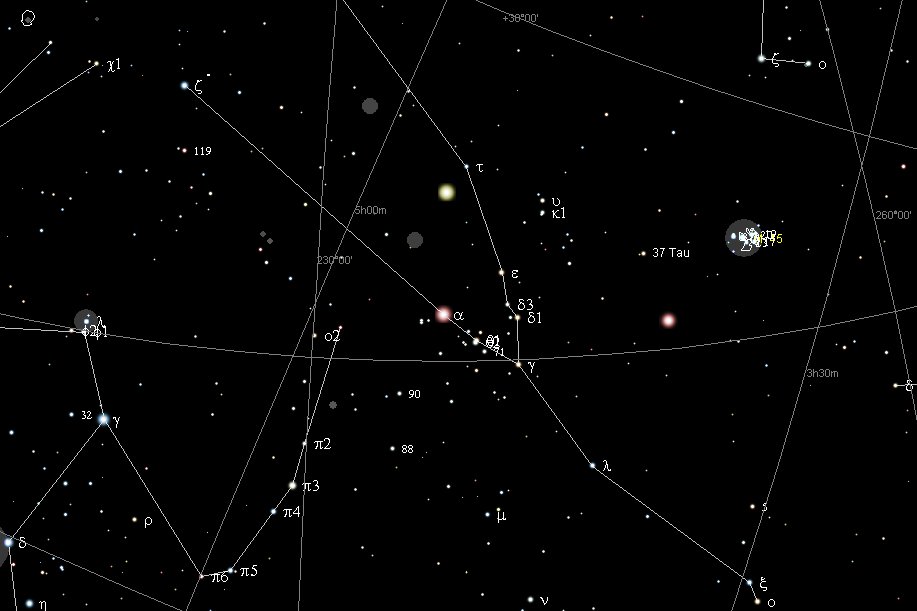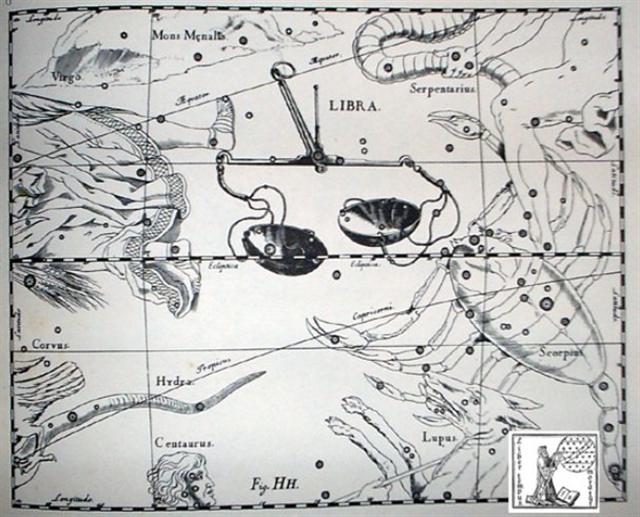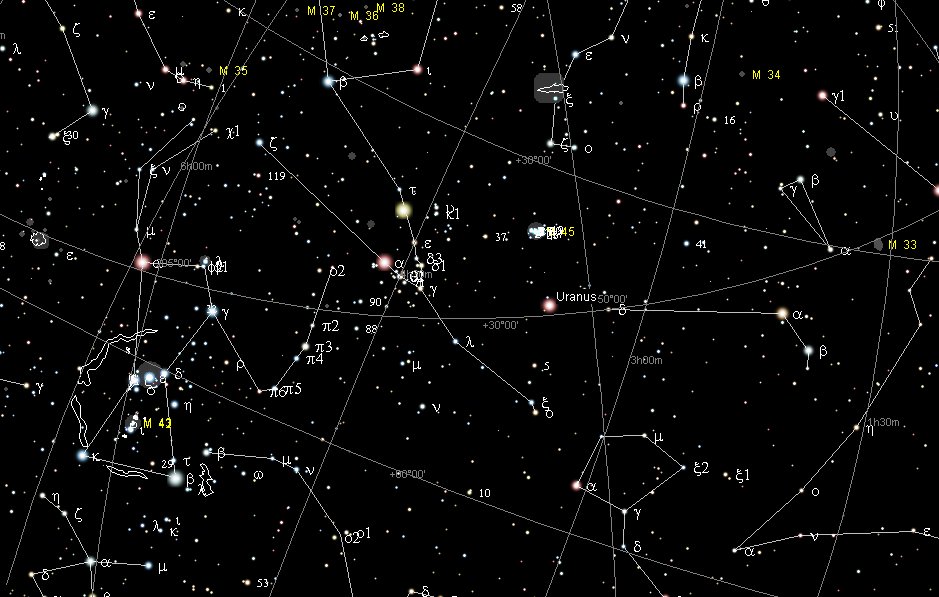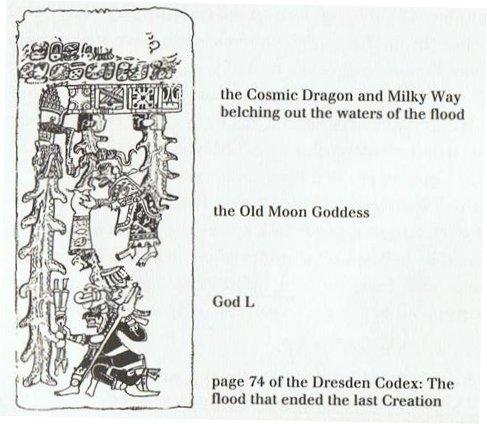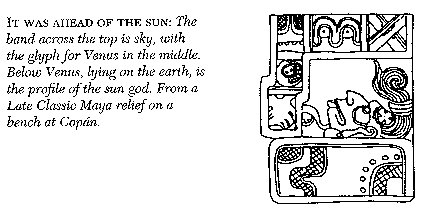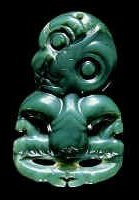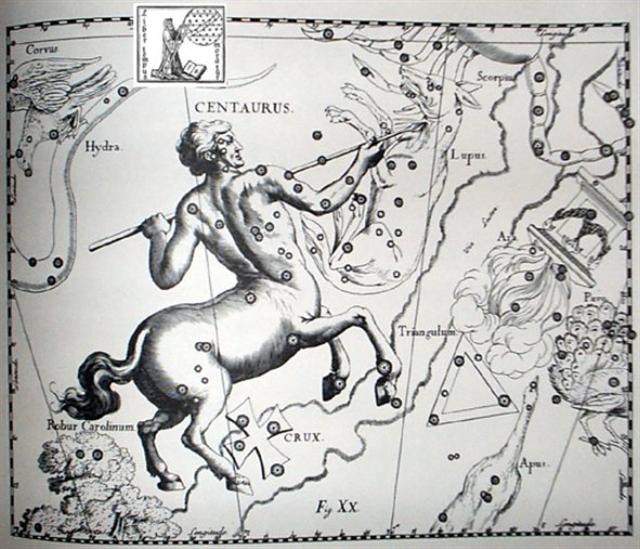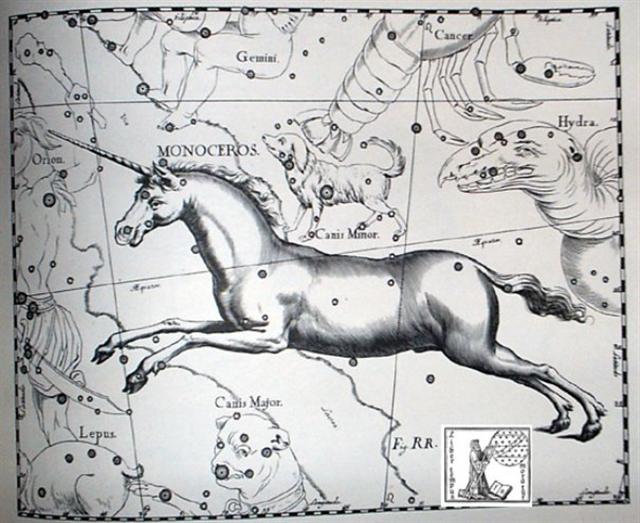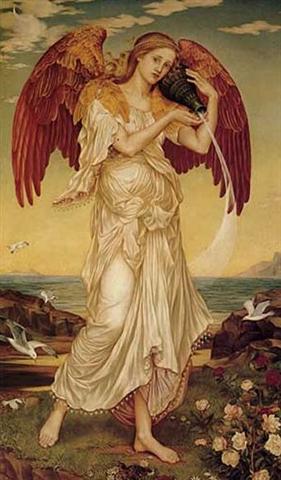114 (→ 414 - 300 → 314 - 200 → 214 - 100). The character of the Morning is a re-awakening to the senses, yet still swimming in the remains of ideas from the Night Side Journey. ... The Taoist philosopher Zhuangzi once had a dream of being a butterfly flying without care about humanity, however when he woke up and realized it was just a dream, he thought to himself 'Was I before a man who dreamt about being a butterfly, or am I now a butterfly who dreams about being a man?' ... My subconsious mind (kuhane) early in the morning had a chance to deliver some message to my slowly awakening senses ... And today my dream soul pointed out for me that the designation 37 Tauri (also used in my old astronomy book) was hardly 'coincidental', it was not a matter of chance. 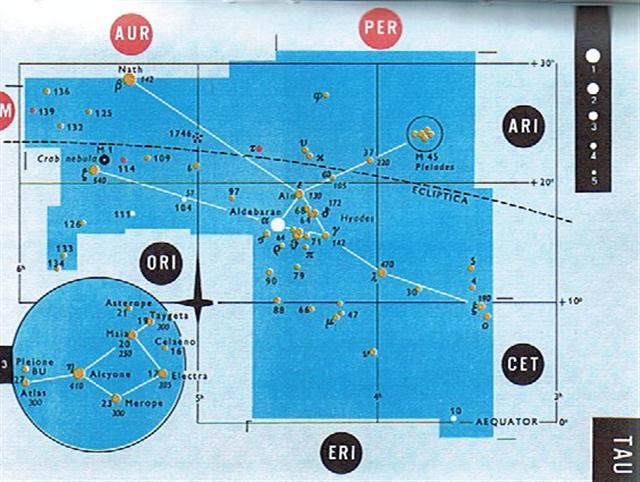
37 is a disgusting odd number - a sign of bad luck - and it had bothered me because the number of glyphs on the C (Mamari, Egg) tablet is 392 (side a) + 348 (side b) = 740 → 2 * 370, which in turn suggested the cycle of the planet Uranus - said to be unknown in Roman times. But how can one prove something is unknown? ... in the Roman circus or hippodrome, as we know from J. Laurentius Lydus (De Mensibus I.12), who states that the center of the circus was called Euripos; that in the middle of the stadium was a pyramid, belonging to the Sun; that by the Sun's pyramid were three altars, of Saturn, Jupiter, Mars, and below the pyramid, altars of Venus, Mercury, and the Moon, and that there were not more than seven circuits (kykloi) around the pyramid, because the planets were only seven ...
37 * 2 = 74 → the number of the last page in the Dresden Codex (... sacred numbers were never chosen haphazardly ...):
2 * 74 = 148 → 100 + 48 ↔ 37 + 100 = 137 → May 17 → 16 + one more:
148 * 2 = 296 → 10 * 29½ + one more. 2 * 296 = 592 = 16 * 37. The synodic cycle of Venus is approximately 584 nights long. This fact suggests we maybe should add 8 nights to her morning invisibility period because the Sun created 16 early mornings of invisibility for the morning stars.
... The sun was like a person when he revealed himself. His face was hot, so he dried out the face of the earth. Before the sun came up it was soggy, and the face of the earth was muddy before the sun came up. And when the sun had risen just a short distance he was like a person, and his heat was unbearable. Since he revealed himself only when he was born, it is only his reflection that now remains. As they put it in the ancient text, 'The visible sun is not the real one ... ' What might lie behind this statement is revealed by a contemporary Mopán Maya tale in which Lord K'in (the sun) goes from his home in the east to the center of the sky and then back to the east again; it appears that he goes clear across the sky because he has placed a mirror at its center ...
37 Tauri + 8 → 45 → M45 (the Pleiades). This idea - of adding 8 to the 584 nights long cycle of Venus (which cycle number everyone easily could figure out) - might have been induced by the cycle of Mars, for instance because 740 - 592 = 148 = 48 + 100. .... These 48 ancient constellations were according to Ptolemy distributed as follows:
But at the end of my afternoon nap my dreamsoul protested: Stupid! 37 is the reverse of 73. A little reflection seems to confirm. 73 (March 14) + 37 = 110: ... About Carmenta we know from the historian Dionysus Periergetis that she gave orcales to Hercules and lived to the age of 110 years. 110 was a canonical number, the ideal age which every Egyptian wished to reach and the age at which, for example, the patriarch Joseph died. The 110 years were made up of twenty-two Etruscan lustra of five years each; and 110 years composed the 'cycle' taken over from the Etruscans by the Romans. At the end of each cycle they corrected irregularities in the solar calendar by intercalation and held Secular Games ... → 45 (M45, the Pleiades) + 54 (February 24) = 99: ... The leap day was introduced as part of the Julian reform. The day following the Terminalia (February 23) was doubled, forming the 'bis sextum - literally 'double sixth', since February 24 was 'the sixth day before the Kalends of March' using Roman inclusive counting (March 1 was the 'first day'). Although exceptions exist, the first day of the bis sextum (February 24) was usually regarded as the intercalated or 'bissextile' day since the third century. February 29 came to be regarded as the leap day when the Roman system of numbering days was replaced by sequential numbering in the late Middle Ages ... ... After five complete cycles totaling 2,920 days, the movement of Venus fill eight idealized years of 365 days each and come within hours of spanning 99 lunations ...
MARCH 15 (74 → 2 * 37 → 8 * 29½ + one) had SEPTEMBER 13 (256 → 16 * 16) → κ Tr. Austr. (*240.4 → *41.4 + *199) at the nakshatra Full Moon:
Right ascension *56 (May 16, 136) was at the Queen of Sailing (→ Pleione → Alcyone) and day 137 (→ 37 + 100) was at 'April 20 (110),. where Porrima culminated. ... another Alcyone, daughter of Pleione, 'Queen of Sailing', by the oak-hero Atlas, was the mystical leader of the seven Pleiads. The heliacal rising of the Pleiads in May marked the beginning of the navigational year; their setting marked its end when (as Pliny notices in a passage about the halcyon) a remarkably cold North wind blows ... The star designated as 37 Tauri was 'Next to the Pleiades' → Menkhib (*57, 137) ... Returning now to the Knee of Castor, visible together with the planet Mars in the evening of April 14 (→ 41.4, Bharani) - in the year of AD 2023 - we should perceive that Venus here is close to the star 37 Tauri, on her away from the right ascension line defined by the Rainy Pleiades, M45:
... I have not listed the star 37 Tauri, but we can see that it should be close to λ and ν Tauri:
And then my circus of ideas flew away to Sirius, whích is a very special and important star - the brightest star in the night sky and also destined to always be rising together with the Sun in the last day of June. ... The Sothic cycle was based on what is referred to in technical jargon as 'the periodic return of the heliacal rising of Sirius', which is the first appearance of this star after a seasonal absence, rising at dawn just ahead of the sun in the eastern portion of the sky. In the case of Sirius the interval between one such rising and the next amounts to exactly 365.25 days - a mathematically harmonious figure, uncomplicated by further decimal points, which is just twelve minutes longer than the duration of the solar year ... Thus Sirius at *101 (June 30, 181) would 100 - 80 = 20 precessional days earlier have been 20 (→ 104 - 84) days later as obvserved against the fixed stars. When the Sun preceded the stars receded. And Mebsuta, currently at *100, would have been at *80. On the other hand: *101 + *20 = *121 (→ Beltain, May 1, 121) → Naos (→ Queen of Sailing → M45) → *121 = *56 + *65 → 73 (March 14) + 37 (37 Tauri) = 110 → 45 (M45, the Pleiades) + 54 (February 24) = 99.
|
||||||||||||||||||||||||||||||||||||||||||||||||||||||||||||||||||||||||||||||||||||||||||||||||||||||||||||||||||||||||||||||||||||||||||||||||||||||||||||||||||||||||||||||||||||||||||||||||||||||||||||||||||||||||||||||||||||||||||||||||||||||||||||||||||||||||||||||||||||||||||||||||||||||||||||||||||||||||||||||||||||




